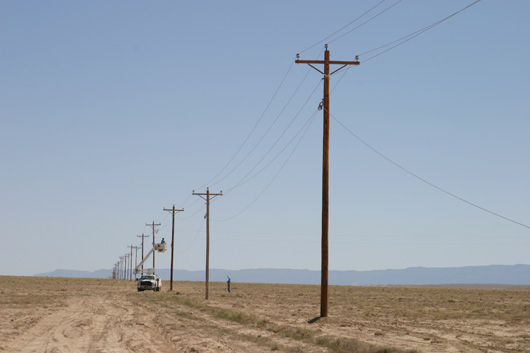Faster Broadband, Reaching More
Access to high-speed Internet has become a necessity for communities and businesses, and the latest data from the National Broadband Map shows that broadband continues to be available to more Americans than ever.
Broadband drives economic growth and innovation – including advances in health care, education, and public safety. Since its launch in 2011, the National Broadband Map has been helping businesses and consumers access broadband by detailing where and what types of high-speed Internet services are available in their communities.
Considering wireline and wireless technologies together, the slowest broadband speeds are nearly ubiquitously available, and access to very fast broadband (over 100 Mbps) has now reached two-thirds of Americans. The data, as of December 31, 2013, shows that 99 percent of Americans have access to wired and/or wireless broadband at advertised speeds of 6 Mbps downstream and 1.5 Mbps up, though this number drops to 89 percent when considering wireline broadband alone.

